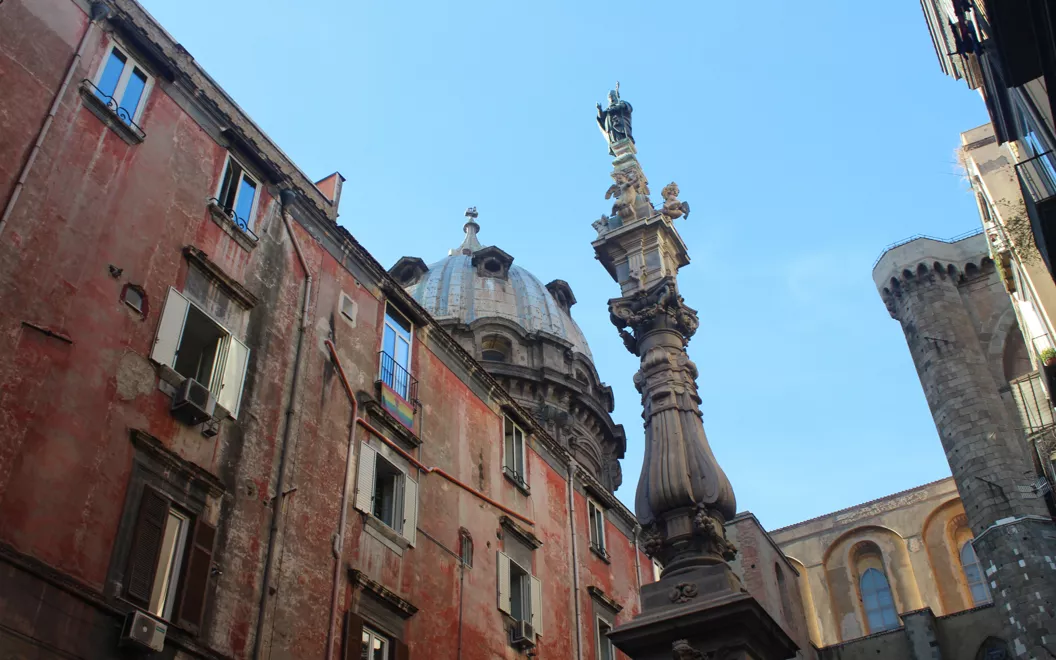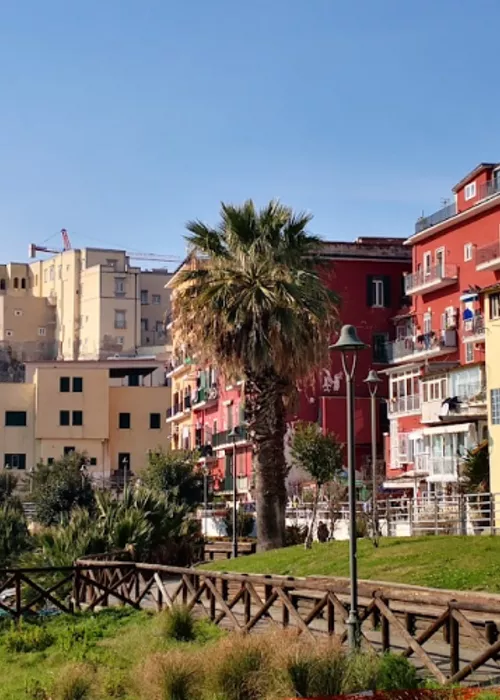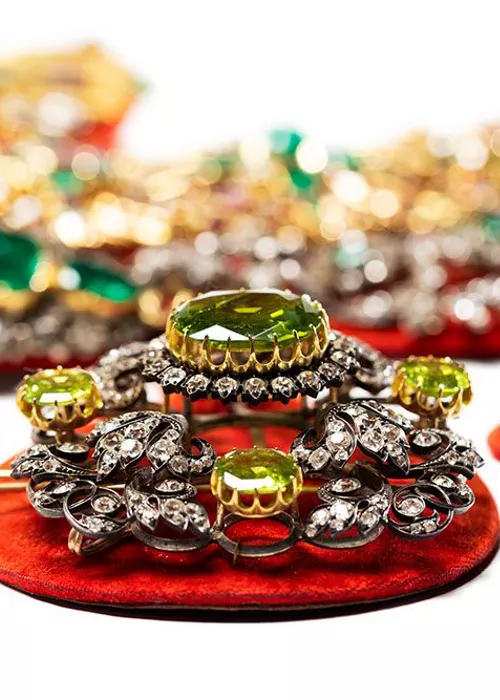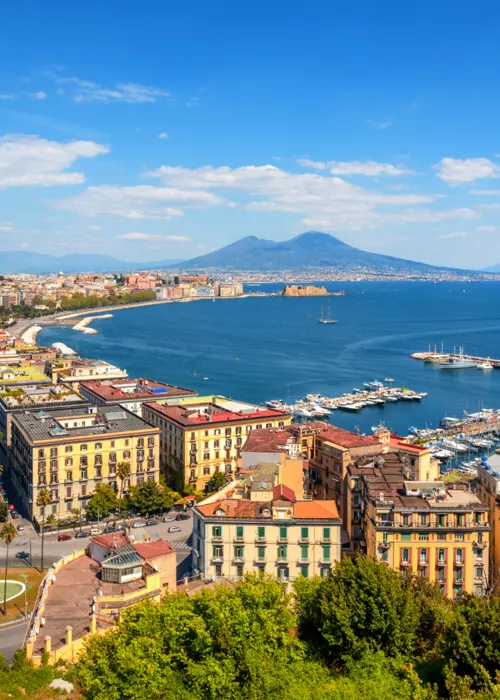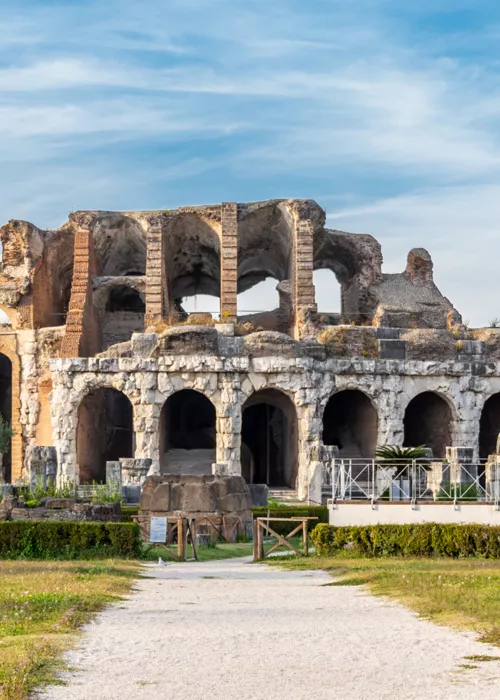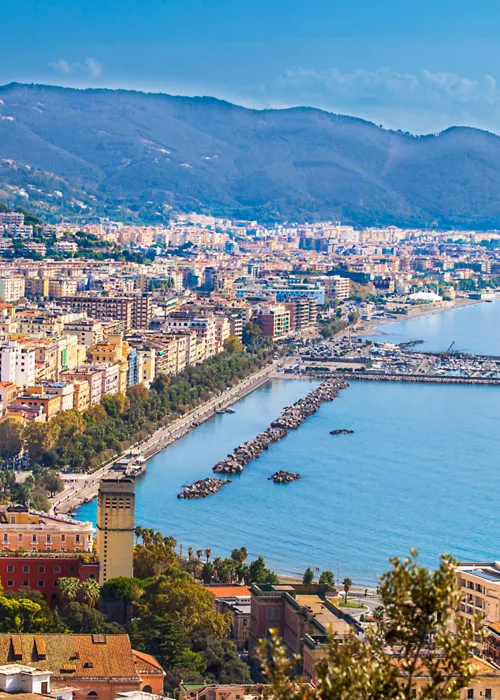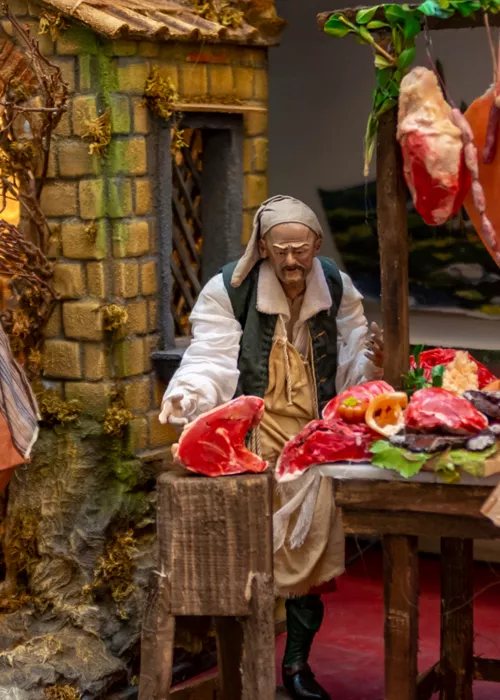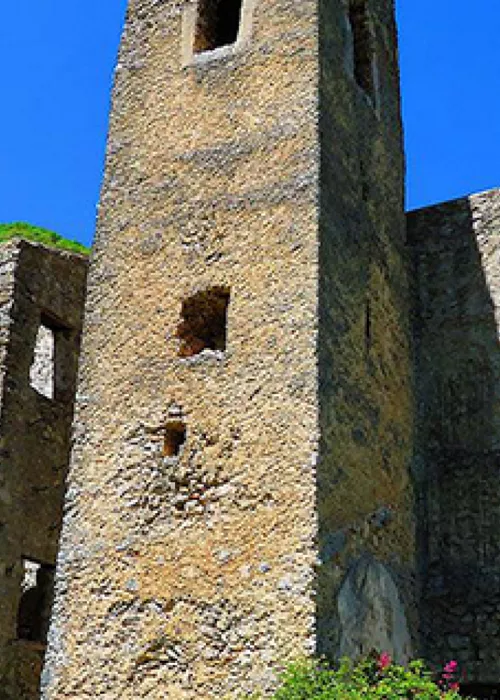In Naples for the Feast of San Gennaro: between tradition and spirituality
3 minutes
In Naples, the 19th of September is the Feast of San Gennaro. This very special day for Neapolitans is an explosion of popular devotion to the city’s patron saint and a fascinating synthesis of tradition and spirituality.
The ampoule containing his blood is taken from the Reliquary and the miracle of liquefaction is repeated every year.
Being in Naples on this occasion is a unique experience when you can take part in the full programme of celebrations and the genuine, boundless enthusiasm of the Neapolitan people.
The cult of San Gennaro: between history and legend
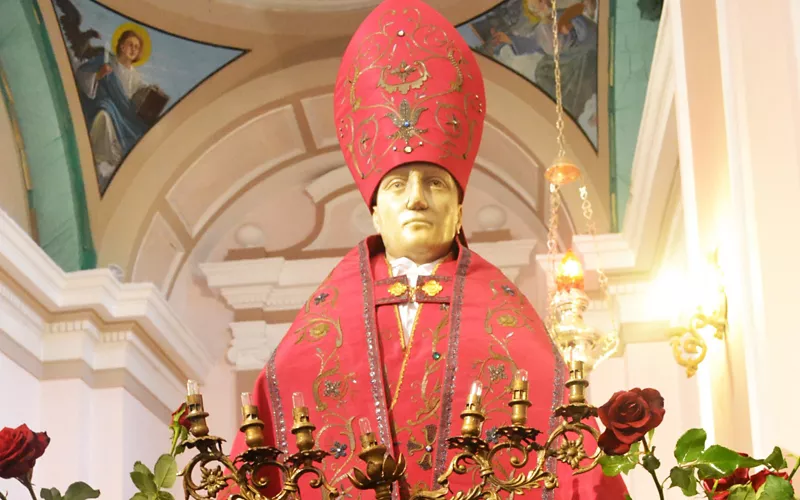
Gennaro lived in the second half of the 3rd century and became Bishop of Benevento. Gennaro was martyred in the wake of Diocletian’s persecutions when he refused to recant and was sentenced to death along with other exponents of the Catholic faith.
According to historical reports, he was beheaded in Misenum on 19 September 305, and legends sprang up from the very beginning. One of these legends says that, although he was condemned to be mauled by beasts in the amphitheatre, the beasts bowed at his feet and became tame, so he was beheaded instead. According to another widespread belief, the stone where his blood fell, which is still preserved in Pozzuoli, turns red on the anniversary of his martyrdom.
The cult of San Gennaro and his relics, shrouded in mysticism and sustained by deep faith, began well before his sanctification in 1586.
The Relics of San Gennaro
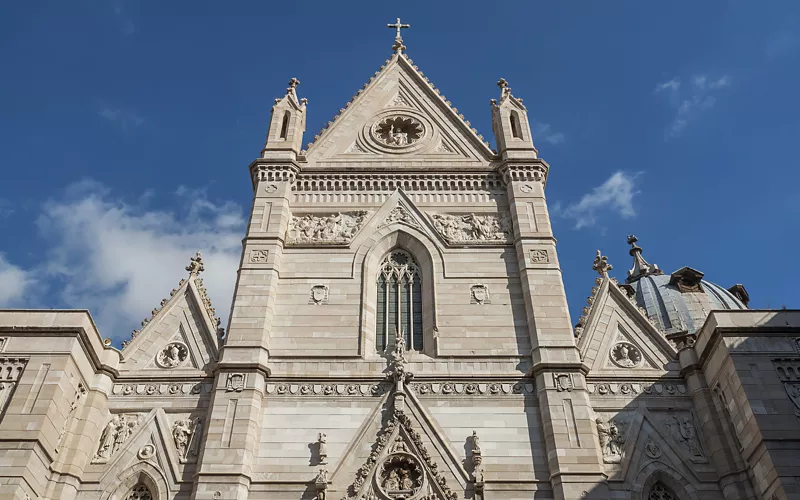
Devotion to the saint is closely linked to the cult surrounding his relics, which are kept in a crypt in Naples Cathedral. Here, there is a shrine housing two ampoules, one empty, the other containing the blood that was collected by devotees on the day of his beheading. This popular belief is supported by the Church. If you go to the cathedral on 19 September to participate in the celebrations, you will also witness the miracle of the liquefaction of the blood as the Cardinal handles and turns the ampoule upside down, at last showing the miracle to the faithful.
The extraordinary event is repeated three times a year: on the Saturday before the first Sunday in May at the end of a procession to commemorate the transfer of the saint’s remains from Pozzuoli to Naples, on 19 September, the anniversary of his martyrdom, and finally on 16 December. This last date commemorates the dramatic eruption of Vesuvius in 1631; according to Neapolitans, it was San Gennaro who protected the city from the lava, which stopped just before reaching the city.
The Feast of San Gennaro in Naples: the programme
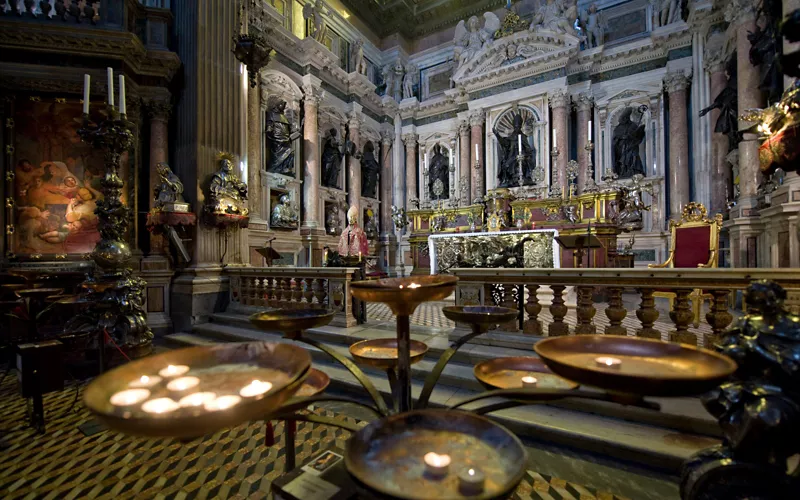
On 19 September, the Cathedral opens early in the morning and does not close until 9pm. Between 9am and 10am, the Cardinal goes to the Chapel of the Treasure to collect the ampoule. The service begins and culminates with the liquefaction of the clotted blood, announced by the ringing of bells. If it fails to liquefy, this is believed to be a bad omen: a rare event that has happened on only a few occasions in history. The ampoule remains on display for the next eight days, during which time Naples is swarming with stalls selling food and gifts dedicated to the saint, while lights illuminate the streets. There is also an endless stream of concerts and shows.
What to do during the Feast of San Gennaro
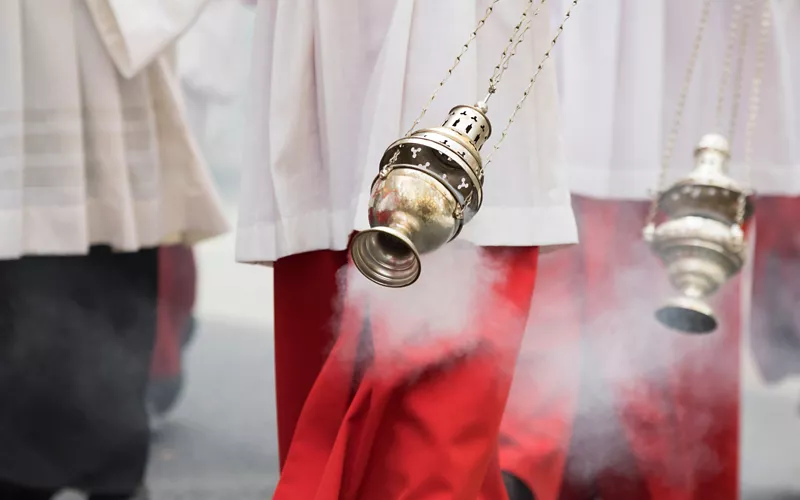
- The official name of the cathedral is the Cathedral of Santa Maria Assunta. You won’t want to miss the chance to take part in the celebrations on 19 September, but you can also visit the church a few days earlier to admire it at your leisure: it is an architectural masterpiece in which various styles overlap, from 14th-century Gothic to 19th-century features.
- Once inside, you can pay homage to the bust of San Gennaro on the high altar. Neapolitans affectionately call him “yellow face” because he has a golden face. They turn to him to ask for charity and protection from misfortunes, first and foremost the eruptions of Vesuvius and earthquakes. If you want to, you too can express a need, a desire, a worry: the saint’s devotees are certain that he will listen to you. After that, you can go down to the monumental Cappella del Succorpo where the sacred relics are kept.
- Don’t forget to visit the Museum of the Treasure of San Gennaro, right next to the cathedral. You will be amazed by the preciousness of the gold and silver artefacts, votive offerings, paintings and jewellery. Look for the necklace of San Gennaro, which sparkles with diamonds, rubies and emeralds of inestimable value.
- Don’t miss the lemon and cinnamon biscuits that are typical of this feast, but also make sure you visit the local historical pastry shops, as each one invents a new product in honour of the saint every year: sfogliatelle in the shape of San Gennaro’s hat or of Vesuvius, filled with delicious creams.
- Look out for the huge 15-metre mural depicting San Gennaro by talented street artist Jorit. It is located on the façade of a building in the Forcella district, next to the Church of San Giorgio Maggiore and near the cathedral.

